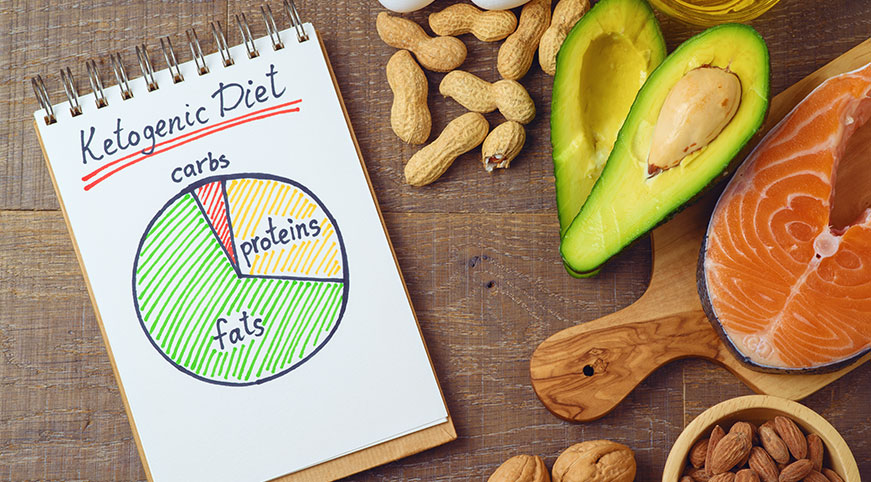Posted by Liz Trondsen
Summer is here and it’s time for family picnics and backyard barbecue parties. As you treat yourself to summertime delicacies and desserts, it’s important to stay healthy and maintain your weight. With Keto diet, you can enjoy the summertime celebrations and feast on low-carb dishes. In this 4-part series on Keto diet, CHA HPMC dietitians share everything you need to know about this diet.
The Ketogenic diet is a high-fat, low-carbohydrate, and moderate protein diet. Although the diet has been around for more than 100 years, it has recently become very popular as a weight-loss diet. In 2018, it was the most searched diet on Google1.
The Ketogenic diet has been used since the 1920s to treat children with epilepsy2. Today, the diet is one of the treatment options for seizures, when they cannot be controlled with medications.
Some people mistake Keto diet for the popular Atkins weight loss diet. In the 1970s, Robert Atkins, a cardiologist and internist, developed the Atkins diet which is very similar to the keto diet—high protein, high fat, and low carbohydrate meal plan3.
While similar to the Atkins diet, Keto diet differs in the amount of fat and protein allowed—70 to 80% of calories in the Keto diet come from fat, and only moderate levels of protein is permitted. Eating too much protein can prevent ketosis (amino acids in protein can be converted to glucose).
While Keto diets may be as low as 20 grams carbohydrate a day, amounts vary, depending on how strict a diet a person wants to follow. In general, diets are restricted to 5-10% carbohydrates, or 20-50 grams per day. For reference, one orange contains approximately 10 grams carbohydrate.
Many people who follow a Keto diet may be following a modified Ketogenic diet, with inconsistent levels of carbohydrates and enough protein to allow glucose production.
Food generally avoided while following this diet include sugar, starch (breads, cereals, pasta, rice, potatoes, and starchy vegetables), fruits, beans and some dairy products. Meats, including meats with saturated fats, seafood, eggs, cheese, specified vegetables, nuts, seeds and some dairy products well as most sources of fat can be consumed.
In the second part of our Keto diet series, we will dive deeper into how this diet works and helps in maintaining weight. Stay tuned and look out for our next blog!
1 US News Health. The 10 Most Popular Diets of 2018, According to Google. Retrieved from https://health.usnews.com/health-news/blogs/eat-run/articles/2019-01-15/the-10-most-popular-diets-of-2018-according-to-google
2 Rogovik, A. L., & Goldman, R. D. (2010). Ketogenic diet for treatment of epilepsy. Canadian family physician Medecin de famille canadien, 56(6), 540–542.
3 Holland, Kimberly. 13 Things Everyone Gets Wrong About the Keto Diet. Readers Digest. Retrieved from https://www.rd.com/health/diet-weight-loss/keto-diet-mistakes/
 ENGLISH
ENGLISH KOREAN
KOREAN Spanish
Spanish RUSSIAN
RUSSIAN Armenian
Armenian FILIPINO
FILIPINO Chinese (Simplified)
Chinese (Simplified) Chinese (Traditional)
Chinese (Traditional)


최신댓글